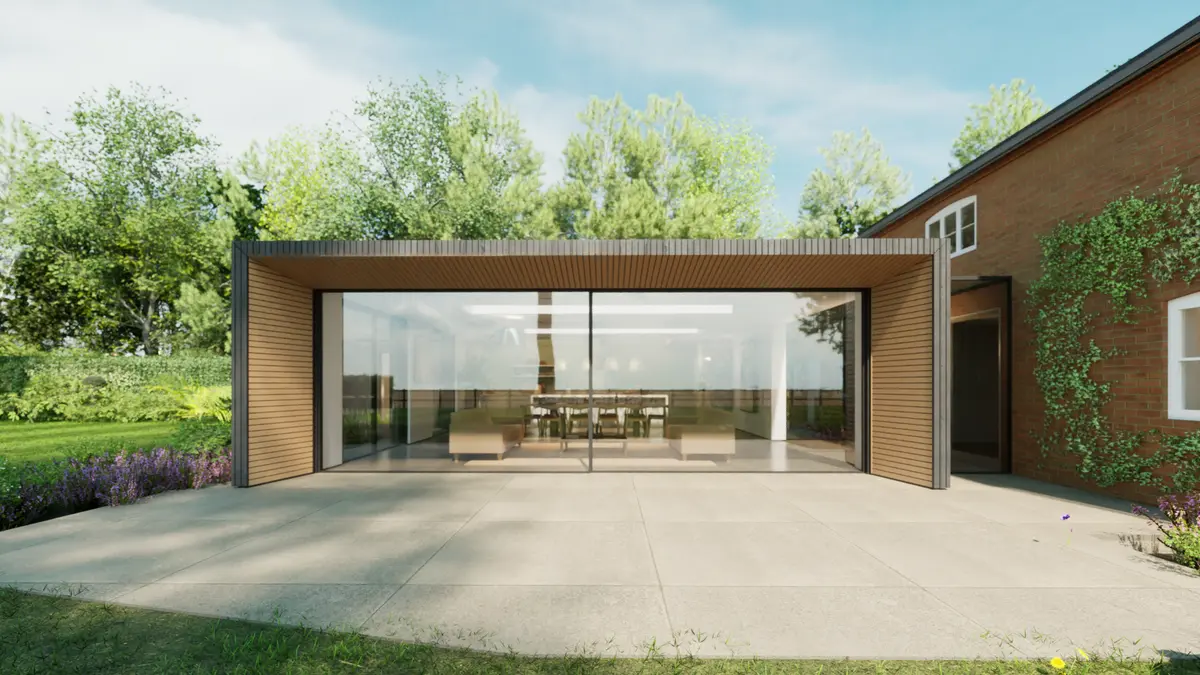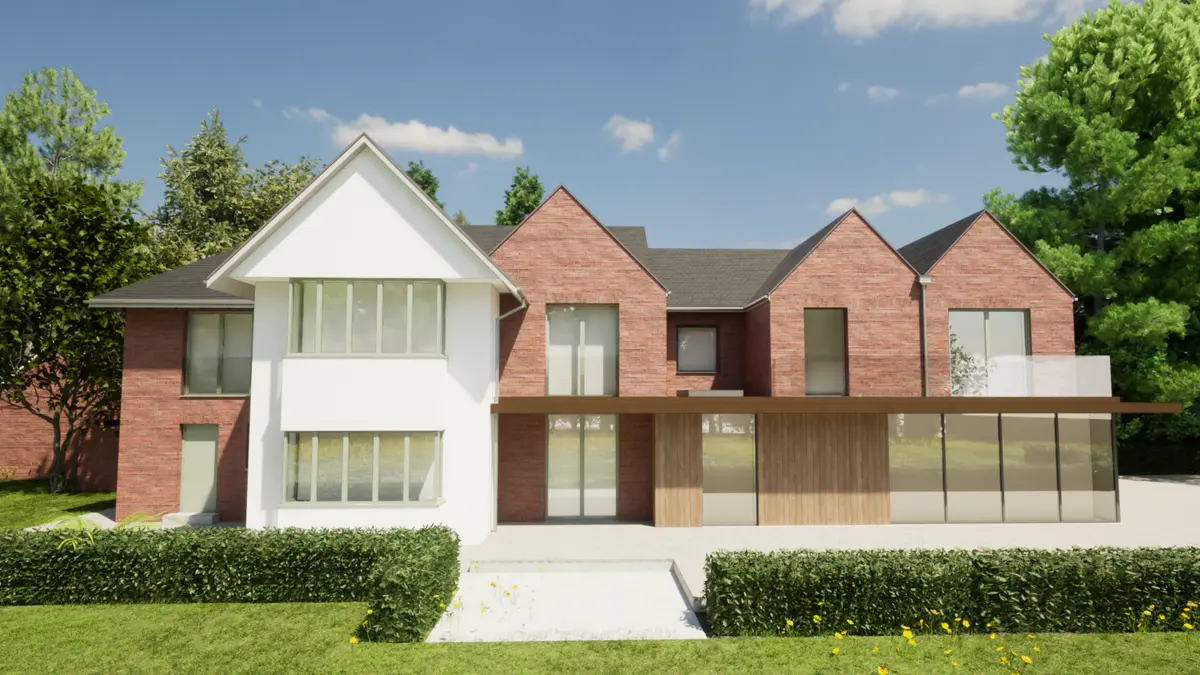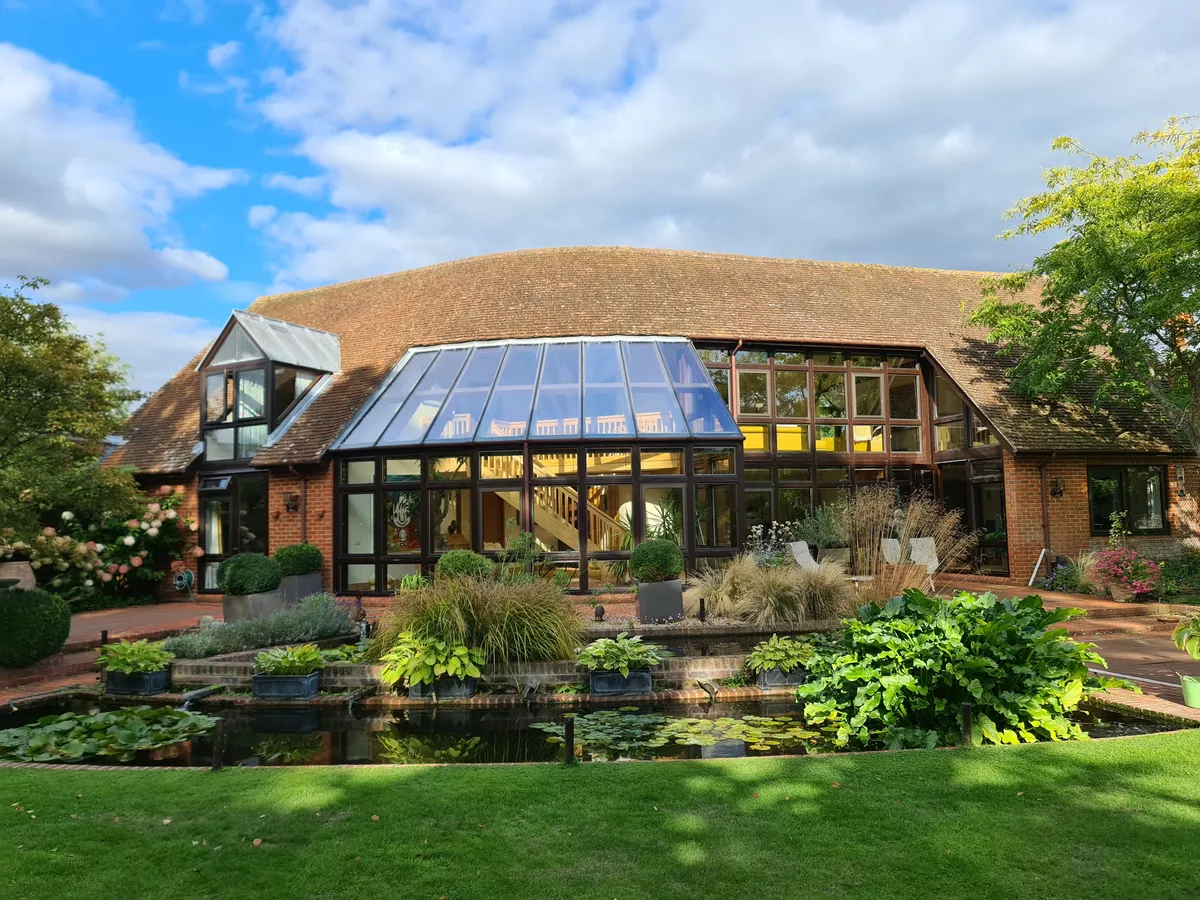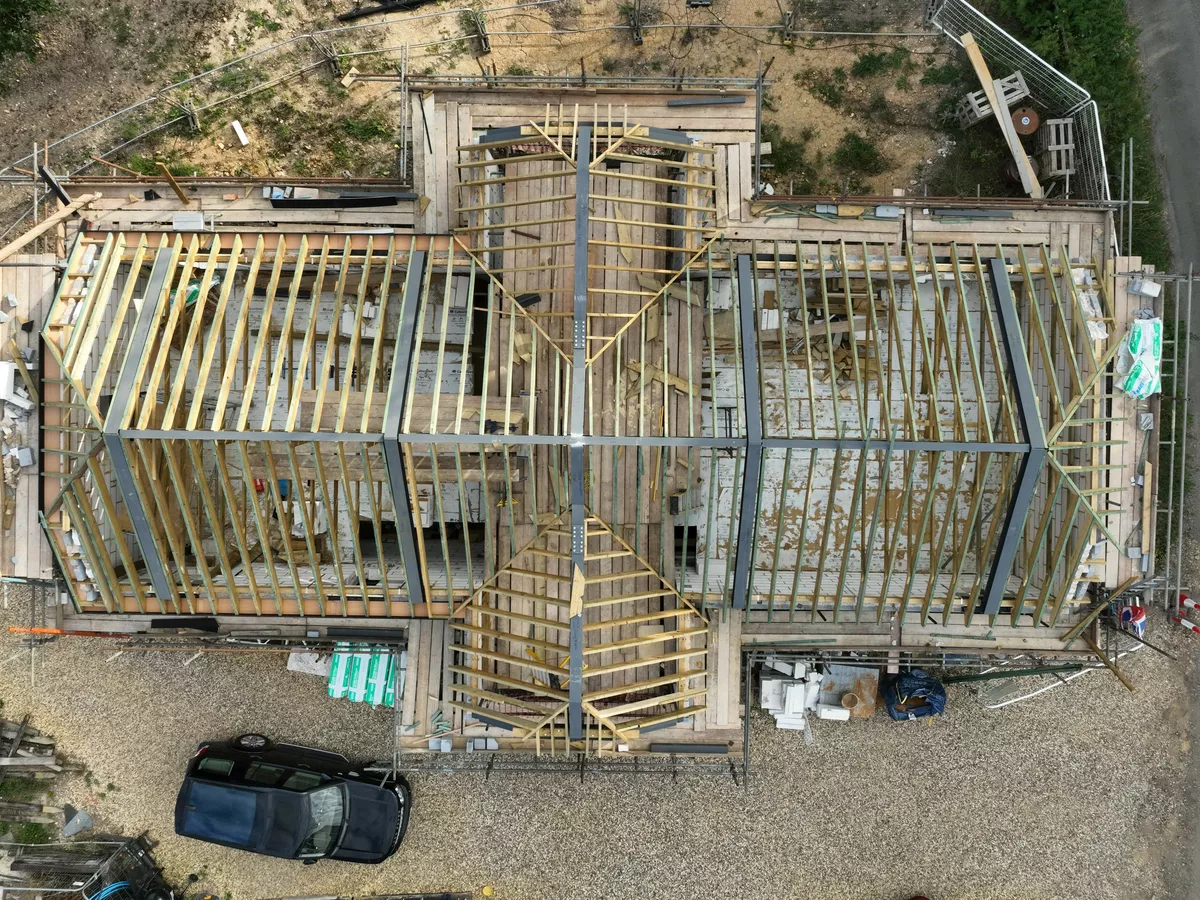12 Strategies for gaining Planning Permission for Large Extensions to Country Homes
Unlock your country home's potential
Securing planning permission for a large house extension in rural areas can be challenging due to strict and confusing planning policies and environmental considerations. However, with a strategic approach to design, material choice, and carefully considered planning argument, it’s possible to gain planning approval for extensive extensions in countryside locations. Here are 12 key strategies to consider in order to navigate the planning permission process.
12 key strategies
1. Sympathetic Street-fronting Design
Planning authorities are more likely to approve large home extensions that maintain harmony with the original house façade. By setting back extensions to avoid dominating the existing structure, particularly at the front, you can create a cohesive look that aligns with local planning guidelines. Rear extensions are often have more flexibility where there is plenty of space, but every home and setting is unique. If the current frontage is unsightly or lacks proportion, a thoughtful redesign may gain planning approval by complete redesign to improve curb appeal.
2. Use Broken-form Design Elements
A single, large extension can easily overwhelm the existing structure and appear blocky. By breaking up the extension into multiple, interconnected elements with varying roof heights and orientations, the extension appears more integrated, less obtrusive with the impression of having evolved over time. This design strategy is generally viewed more favourably by the local planning authority and generally allows for a larger extension than otherwise allows. Contemporary extensions are often allowed on the rear of country properties, glass extensions are even favoured on period properties to maintain original and new as destinct elements.
3. Utilise Permitted Development Rights
While many local planning authorities have relaxed specific size restrictions its still a grey area with regard to how large an extension can be. Applying for multiple additions at once can lead to refusal due to cumulative impact. Use permitted development rights (extension classes not requiring planning permission) strategically by keeping the initial application focused on the core design requiring planning permission, then submit additional elements in a separate certificate of lawful use application. This phased approach can increase the total amount of approved extensions on country homes. Word of warning: permitted development rules appear simple, but there are many caveated exceptions for the unwary.
4. Integrate or Replace Outbuildings
Repurposing or replacing outbuildings, such as garages or barns, as part of the extension can be beneficial. Linking a detached garage to the main house, for example, allows greater opportunity to gain overall house size. This approach, especially in restricted zones like Green Belt or National Park areas can be used directly to offset and justify larger extensions. Strategic out buildings can also later be joined to the house or used as ancillary accommodation in place of an extension, but be aware second stage alterations will require planning permission to complete the intended scheme.
5. Landscaping and Material Choices
Selecting natural materials that harmonise with the local landscape and original house can influence planning decisions positively. Materials like flint, timber, stone, brick, or muted-coloured render suit countryside settings and often gain favour with planning officers. Landscaping is equally crucial: tree planting and well-planned soft landscaping create a cohesive look, blending the home extension with the surrounding environment. 3D visualisation tools can provide realistic images of the proposed design, showing how it will integrate with landscaping and help reassure parish councils, neighbours, as well as the planners.
6. Include Planning and Heritage Statements
Large, complex designs benefit from well-documented planning or heritage statements. These statements detail the design’s alignment with local historical vernacular and highlight precedents for similar projects and styles, strengthening your application. Planning consultants or experienced architects can provide these statements, to strengthen the case making it harder for the case officer to refuse.
7. Highlight Sustainability Features
Sustainability can significantly bolster an application, especially where a large extension application presents a subjective grey-area decision it can show off the proposal a beneficial light especially where councils have adopted their own ‘climate-emergency’ policies. Including a sustainability report that demonstrates green technologies, such as heat pumps, solar panels, and high-efficiency materials, strengthens your case. Providing before-and-after energy ratings showing how an extension can turn an inefficient property into an eco-friendly, energy-efficient home makes a compelling argument. Ecology reports, bat surveys, and tree surveys add a layer of environmental responsibility, which planning authorities value. It all helps to justify and mitigate the impact of something larger.
8. Understand Local Planning Policies
Local planning policies vary between councils allowing larger extensions for rural or secluded properties, while others, such as those in Surrey’s Green Belt, have strict size increase limits. Check whether your property falls under special designations like Areas of Outstanding Natural Beauty (AONB), National Parks, or conservation zones. While these designations add complexity, they aren’t always barriers to approval if you present appropriate justifications.
9. Factor in Site and Plot Characteristics
Your property’s plot size, the house’s existing size, and the home’s location heavily influence extension options. Large homes on spacious plots often have more flexibility for extensions, while smaller properties with close-by neighbours may face ore restriction. Site characteristics, such as slopes or natural features, also matter and need to be used to advantage. Extensions set lower on a sloping site or shielded by vegetation tend to receive more favourable responses. Consulting a expert architectural designer can help assess how your property’s unique features might impact your application or present opportunities to capitalise on.
10. Gain Local Support
While not essential, gaining support from neighbours can reduce objections, which can delay or complicate planning applications. Many councils will refer applications with just a few objections (sometimes as few as five) to a planning committee, which can make approval more challenging. Consulting with neighbours and local groups before submitting your application—and using 3D visuals to show how the extension will look—can help win support or at least reduce objections. Note that objections that aren’t grounded in planning policies will not have much weight.
11. Consider Resubmission or Appeal if Denied
If your initial planning application is refused, you may still have options. Consider resubmitting with design adjustments based on the case officer’s feedback, or submit an appeal if there are precedents for similar extensions in your area. Appeal officers from the national planning inspectorate consider applications more subjectively from a policy perspective, often ignore objections and base their decisions on the precedents of previous approvals.
12. Engage Experienced Consultants
Hiring experienced architects and planning consultants for large countryside extensions can make a significant difference in the approval process. Professionals familiar with local planning regulations know how to present a project that respects local guidelines, negotiate effectively with councils, and ensure your design meets all the requirements. Their expertise can be instrumental in achieving a successful outcome.
Summing-up
Securing planning permission for large extensions in the countryside requires expert design, carefully considered strategy tailored to local and site constraints. By following these 12 essential strategies and considerations, you can create a compelling case for approval, showcasing a design that respects both the property and the rural landscape. With thoughtful design and expert guidance, transforming your country property into your ideal home is achievable.
Share Your Ideas With Us


















